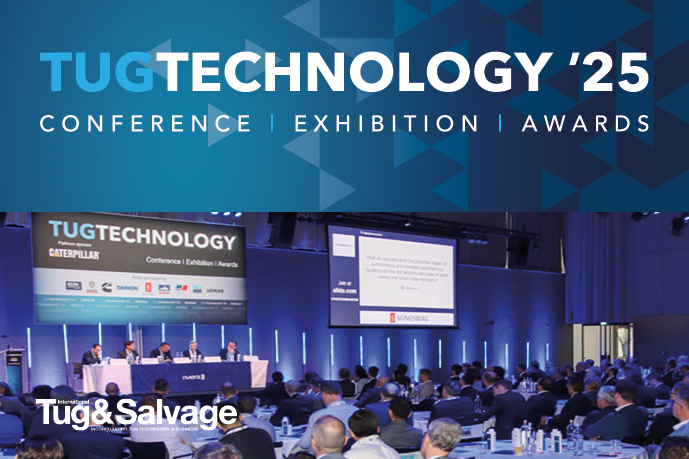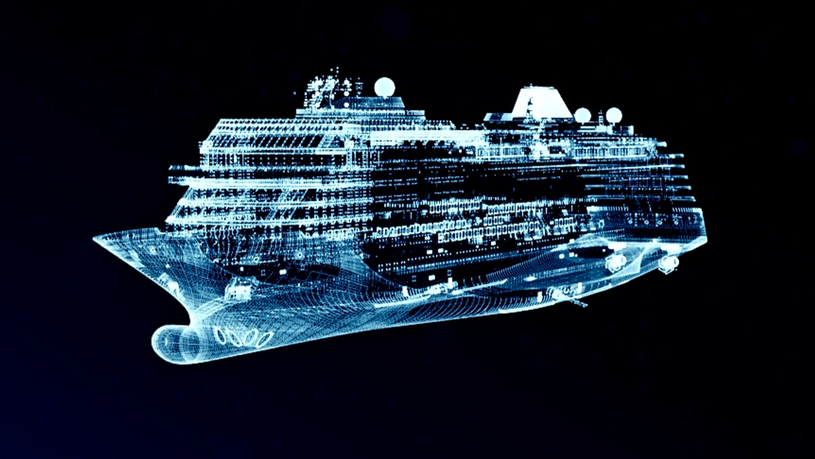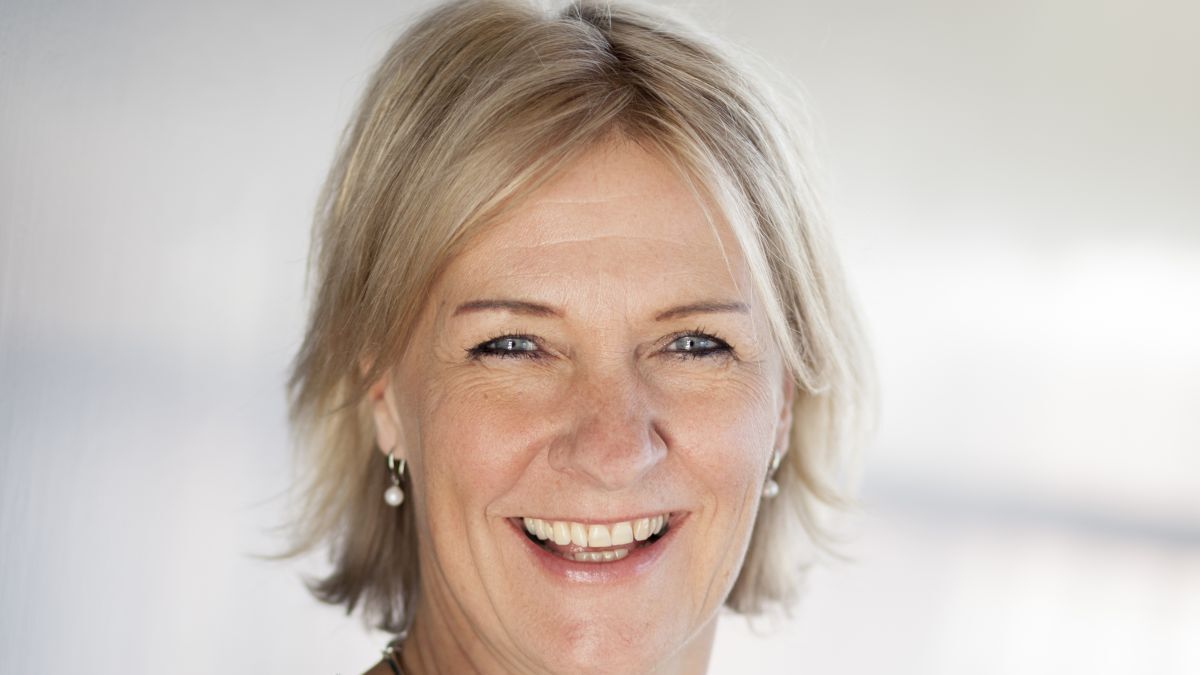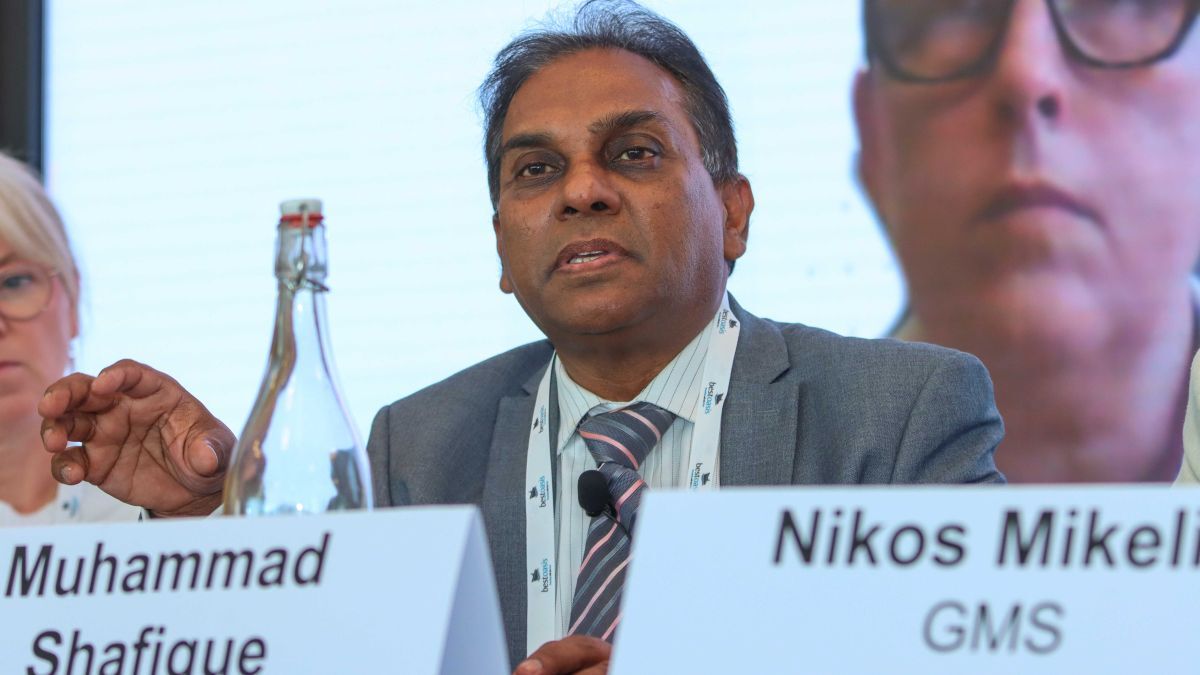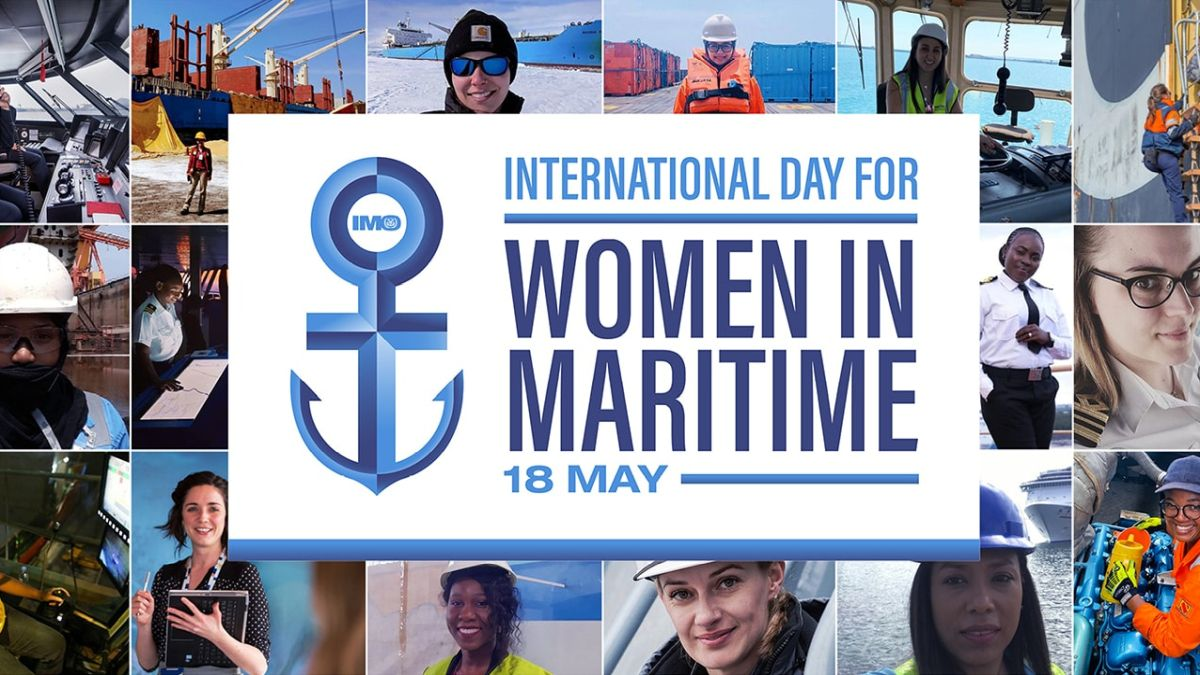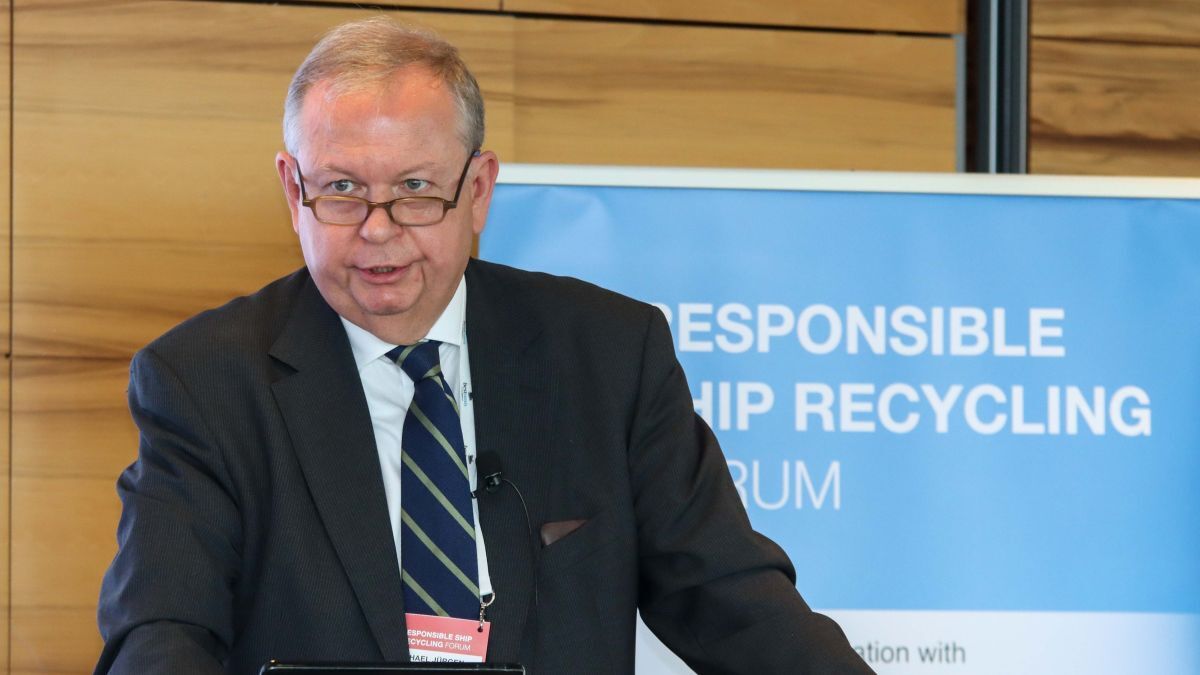Business Sectors
Events
Contents
Moves towards bigger and more efficient feeder ships
Container feeder operators are having just as tough a time as the major deepsea operators. They are trying to control costs while looking to achieve economies of scale combined with greater energy efficiency
The analysis on page 90 shows the challenges being faced by the operators of container feeder ships and services, especially in Europe where the economic slump is hitting demand for long-haul and shortsea capacity. But even in the previously booming intra-Asian feeder market, operators have had to adjust their sights in response to slower growth of transshipped traffic. Efforts to replicate charter owners’ previous strategies of creating pools in an attempt to control capacity and charter rates have met with limited effect, and in any event face European competition law constraints.
In the USA the latest attempt to create a coastal container feeder network ended in failure, for a number of reasons.
This slow-down has made it harder for operators to justify investment in modernising their fleets to replace older tonnage with more efficient vessels. Some evolution has involved the replacement of older, smaller ships with larger, newer ships, as a result of the cascading of tonnage from other links that have been displaced by newbuilds on main haul services. This also reflects the larger transshipment volumes from the new generation of super post-Panamax main haul vessels, and means that the busier feeder services use ships of up to 2,000 teu, and in some cases even larger. In fact some feeder services on the busiest routes in Asia are now deploying ships in excess of 3,000 teu.
Demand for ships of less than 1,000 teu has become more limited, with feeder workhorses now typically in the 1,000–2,000 teu range.
The scale of the challenge faced by container feeder shipowners is clear from the large numbers of such vessels lying idle around the world, due to lack of business.
According to Alphaliner, 58 container ships with capacity of 500-999 teu were reported as idle, in various states of lay-up, in mid-July. There were 59 ships in the 1,000–1,999 teu category, and a further 60 of 2,000-2,999 teu. However, many of these idle ships are the older, least efficient vessels in the fleet, with limited employment prospects in the current climate.
The need for fuel-efficient ships on feeder services is being made more acute by the introduction of emission control areas in Europe and the USA. High fuel costs and the need to curb emissions are also driving the development of a number of new eco-friendly feeder ship designs, intended to increase efficiency while maximising capacity. Some orders have been placed, but the need to raise finance for investment means that in most cases it is essential to secure firm charters from major global carriers before funding can be put in place from banks or other investors, especially when there is so much uncertainty about ship values.
Those owners that are able to invest in new efficient tonnage will find themselves at a competitive advantage compared with those left with older vessels. Stalwart German owners of container feeder tonnage are facing the added burden that their historical major source of funding, KG schemes, are facing their own problems. This is making it increasingly difficult to raise funds from German investors. Construction of container feeder vessels is now largely concentrated in Asia, with Chinese yards picking up most of the business that is still available.
Many feeder vessels are chartered to operators, although some of the major ocean carriers operate their own feeder networks with a mix of directly owned and chartered tonnage. But the stagnation of demand has resulted in charter rates plummeting. In addition, operators are unwilling to run the risk of taking on ships for longer than relatively short periods during which they can be confident of maintaining capacity utilisation.
The need to modernise fleets and to meet the evolving demand to support the new 10,000 teu-plus generation of deepsea vessels has prompted some orders for new feeder ships. The feeder ship orderbook has not suffered the over-ordering that has scarred the main haul sectors. Lower newbuild prices have encouraged some owners to take the plunge; at least those able to raise the necessary finance.
In Europe Maersk Line operates its feeder services through fully owned subsidiary Seago Line. Seago operates independently but has access to the parent group’s container fleet and other assets.
Seago operates about 75 vessels, from 375 teu up to 3,000 teu, covering feeder and shortsea services in north Europe, including the Baltic Sea, the Mediterranean, and the Black Sea. Although its main function is to provide a feeder network for Maersk’s long-haul services, Seago also carries feeder containers for other lines.
Unifeeder is a major independent feeder and shortsea container service operator in northern and southern Europe. It has recently upgraded services between Rotterdam and ports in the Baltic Sea, increasing the service to Gdynia in Poland to twice weekly.
At the beginning of 2012 it started a new weekly service linking Antwerp with St Petersburg in Russia. This brought its total weekly connections to Russia from Antwerp, Rotterdam and Hamburg to nine. Unifeeder is actively marketing shortsea intra-European container services as an environmentally-friendly alternative to overland transport
Most container feeder ships operating to the Baltic are designed to transit the Kiel Canal, but increasingly there are suggestions that economies of scale and higher volumes will see greater numbers of larger ships being deployed that will have to take the longer route around Denmark.CST
Related to this Story
Events
Maritime Environmental Protection Webinar Week
TUGTECHNOLOGY '25
Reefer container market outlook: Trade disruption, demand shifts & the role of technology
© 2024 Riviera Maritime Media Ltd.
